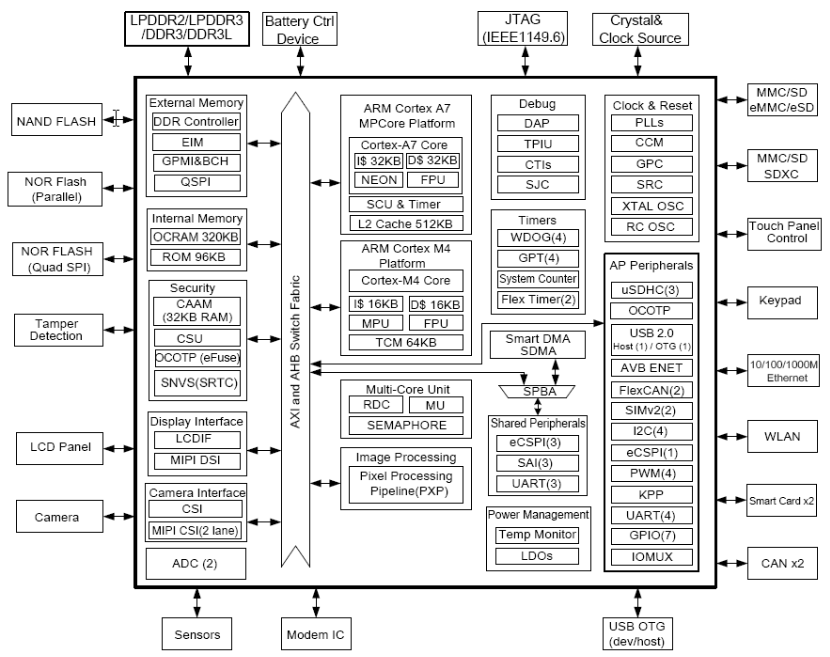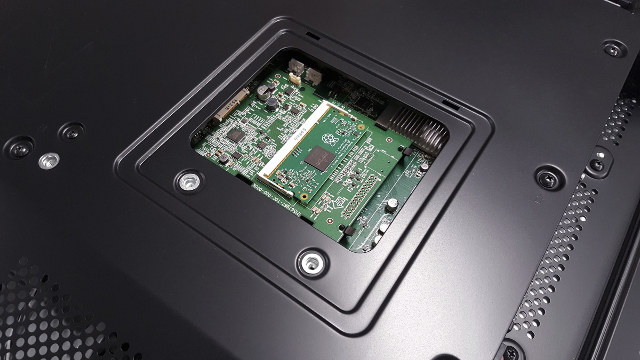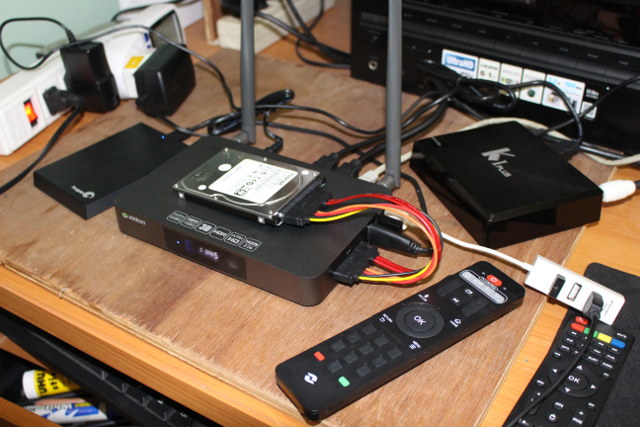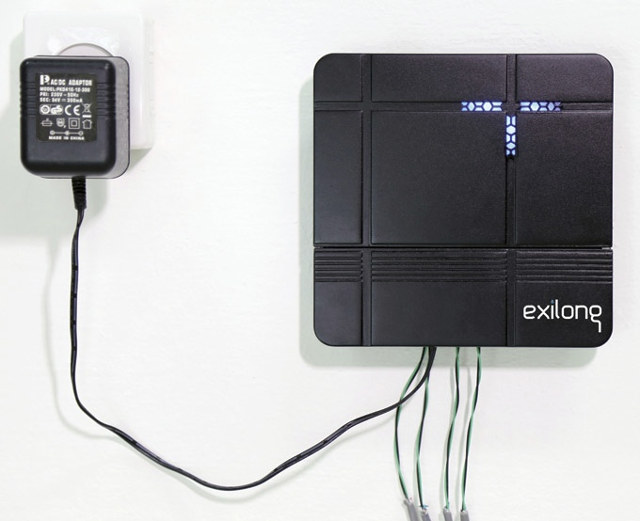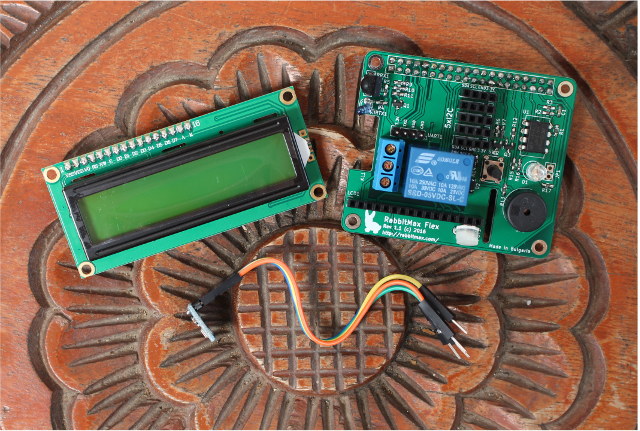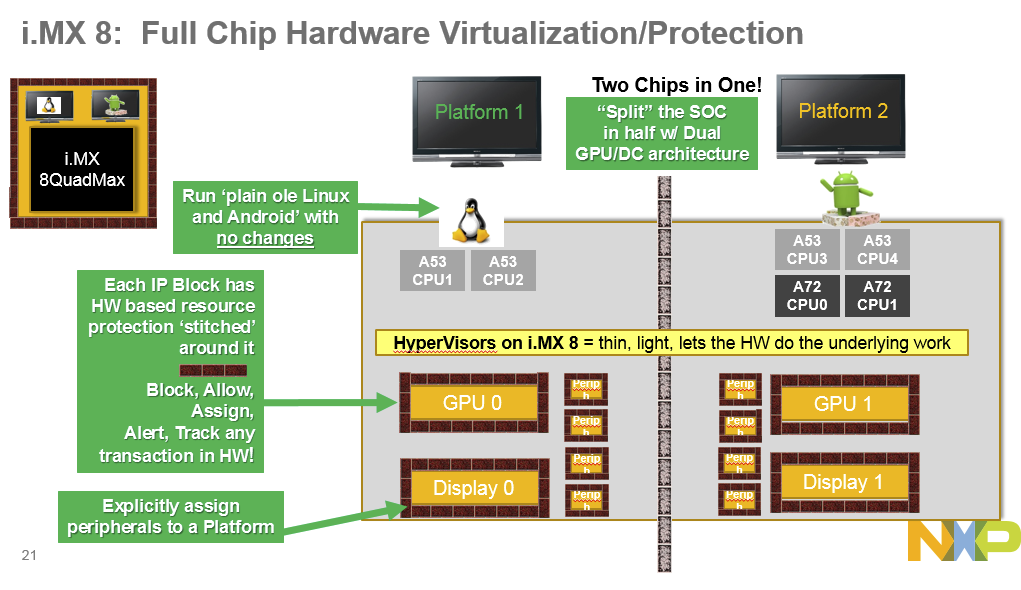This is a guest post about Heterogeneous Multicore Processing (HMP), Real-Time Linux, and Xenomai to develop real-time Linux systems written by Guilherme Fernandes, Raul Muñoz, Leonardo Veiga, Brandon Shibley, all working for Toradex. Introduction Application processor usage continues to broaden. System-on-Chips, usually powered by ARM Cortex-A cores, are taking over several spaces where small ARM Cortex-M, and other microcontroller devices, have traditionally dominated. This trend is driven by several facts, such as: The strong requirements for connectivity, often related to IoT and not only from a hardware point of view but also related to software, protocols, and security The need for highly interactive interfaces such as multi-touch, high-resolution screens, and elaborate graphical user interfaces; The decreasing price of SoCs, a consequence of its volume gain and new production capabilities. Typical cases exemplifying the statement above are the customers we see every day starting a product redesign upgrading from a microcontroller […]
Raspberry Pi Compute Module 3 to be launched by the end of the year, used in NEC displays
Eben Upton had already mentioned the Raspberry Pi Foundation was working on a Raspberry Pi Compute Module 3 based on the same Broadcom BCM2837 quad core Cortex A53 processor and 1GB LPDDR2 RAM used in Raspberry Pi 3 board earlier this year, but few details had been provided at the time. The module is still not available, but NEC Display Solutions Europe has already announced they are working on integrating Compute Module 3 into commercial displays starting with 40″, 48″ and 55″ models in January 2017, and up to 98″ by the end of next year, used for digital signage and presentation platforms. The Raspberry Pi Foundation goes on to say they’ve been working on NEC project for over a year now, and they expect to release Compute Module 3 to the general public by the end of the year. Price and complete technical details have not been released yet. […]
Zidoo X9S Android Media Center Review – Part 2: Android Firmware & OpenWrt (NAS Functions)
Zidoo X9S is more than a simple Android TV box, as it supports NAS function via OpenWrt running simultaneously with Android 6.0 and its USB 3.0 and SATA ports, as well as HDMI input function capable of recording and broadcasting videos, and supporting Picture-in-picture, so I find “Android Media Center” better fit the description for this device. I’ve already taken pictures of the Zidoo X9S and its board in the first part of the review, so I’ll test both Android 6.0 & OpenWrt firmware, and the most of the features in the second part of the review. Initial Setup and First Boot I connected the usual accessories and cables to the box including a USB 3.0 hard drive, HDMI and Ethernet cables, USB RF dongles for MINIX NEO A2 Lite air mouse and Tronsmart Mars G01 gamepad, and a USB keyboard to take screenshots. I also added a 1TB SATA […]
Exilong RF & WiFi Irrigation System Automatically Takes Care of Your Garden Watering (Crowdfunding)
I find it fun to spend time watering the flowers and grass in my garden, but if you’d rather do it automatically then Tevatronic Exilong might be for you as the irrigation system controls up to 4 valves, triggers watering based on RF water sensing sensors via a gateway connected to the cloud through your wireless router. The kit gateway takes care of RF communication with sensors, WiFi connectivity to the cloud server, and turn on and off up to four 24V DC water valve part of your existing installation. It can be configured by iOS or Android mobile app, or your web browser. The other part of the kit are the water pressure sensors that you need to insert into the soil of your garden in order to monitor trees, bushes, and/or flowers. The sensors are using RF (433/915 MHz) communication, send data back to the gateway every minute, […]
Zidoo X9S Android TV Box HDMI Input Testing – Video Recording, PiP, and UDP Broadcasting
One of Zidoo X9S media center‘s key features is its HDMI Input port with support for PVR, picture-in-picture, and video broadcasting over UDP. The company has come a long way since the implementation of HDMI input on Zidoo X9 TV box, which would only support PVR function, and exclusively work in the foreground. For this review, I connected K1 Plus T2 S2 Android TV box to the HDMI input of Zidoo X9S, and started HDMI In app.The first good news is that HDMI input does work, as we can see K1 Plus user interface preview inside Zidoo X9S’ HDMI IN app. Before testing all features, let’s go through the options for Video, Audio, and Output. You can select various video resolution up to 1080p, but I left it to Auto, which for this test meant 1080p. Framerate cannot be changed and is set to Auto, while bitrate ranges from 1M […]
RabbitMax Flex IoT & Home Automation Board and Kit for Raspberry Pi
RabbitMax Flex is an add-on board for the Raspberry Pi boards with 40-pin headers, namely Raspberry Pi Model A+ and B+, Raspberry Pi 2, Raspberry Pi 3 and Raspberry Pi 0, destined to be used for Internet of Things (IoT) and home automation applications thanks to 5x I2C headers, a relay, an LCD interface and more. I’ve received a small kit with RabbitMax Flex boards, a BMP180 temperature & barometric pressure I2C sensor, and a 16×2 LCD display. RabbitMax Flex specifications: Relay – Songle SRD-05VDC-SL-C supporting 125V/250VAC up to 10A, 30VDC up to 10A Storage – EEPROM with some system information for identification IR – IR LED, IR receiver Misc – Buzzer, Button, RGB LED Expansion Header for LCD character display + potentiometer for backlight adjustment 5x 4-pin headers for I2C sensors Dimensions – Raspberry Pi HAT compliant The assembly of the kit is child’s play as you don’t even need […]
Meet NXP i.MX8 Processor Families: i.MX 8 for High performance, i.MX 8M for Audio/Video & i.MX 8X for Low Power
Freescale and then NXP have been talking about i.MX8 processors for several years, and this spring unveiled i.MX 8 Multisensory Enablement Kit without giving much details about the processor except it would include both Cortex A72 & A53 cores. But NXP put out a press release yesterday about “Multisensory Automotive eCockpit Platform to Advance Multimedia Experiences in Future Cars” which appears to be the same news but with different words, except the content of the PR has more interesting bits such as: The new family, which is based on up to six 64-bit ARMv8-A technology processor cores and includes a HiFi 4 DSP, LPDDR4 and DDR4 memory support as well as dual Gigabit Ethernet with audio video bridging (AVB) capability, is designed to advance automotive dashboard graphics such as instrument clusters, infotainment visuals, heads-up displays, rear-seat screens and more. Capable of driving four HD screens with independent content or a […]
Google Announces Pixel and Pixel XL Smartphones for $649 and Up
Google used to collaborate with smartphone manufacturers for their Nexus devices, but the company is now promoting their own Pixel brand, and has just launched Pixel and Pixel XL smartphones powered by Qualcomm Snapdragon 821 processor, and running Android 7.0 Nougat operating system. Both smartphones share most of the same specifications, but XL has a larger screen, a bigger battery, and a higher price tag: SoC – Qualcomm Snapdragon 821 (MSM8996 pro AB) Quad core Kryo processor with two cores at up to 2.15GHz, two cores at up to 1.6GHz, Adreno 530 GPU System Memory – 4GB LPDDR4 Storage – 32 or 128 GB storage Display Pixel – 5.0″ FHD (1920×1080) AMOLED display; 2.5D Corning Gorilla Glass 4 Pixel XL – 5.5″ QHD (2560×1440) AMOLED display; 2.5D Corning Gorilla Glass 4 Camera 12.3 MP rear camera (IMX378 sensor) with laser and phase detection auto focus (LDAF + PDAF), f/2.0 aperture […]


